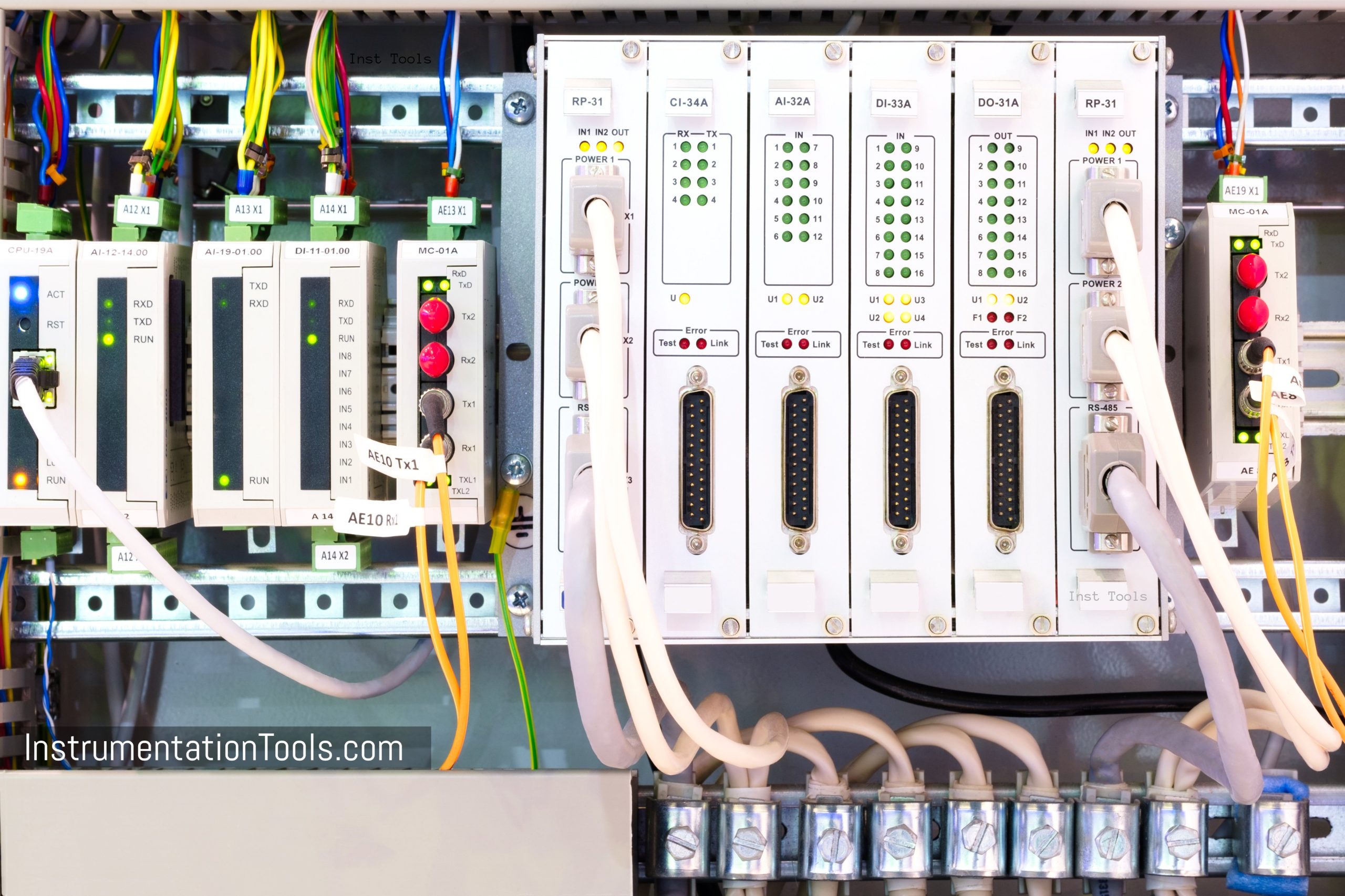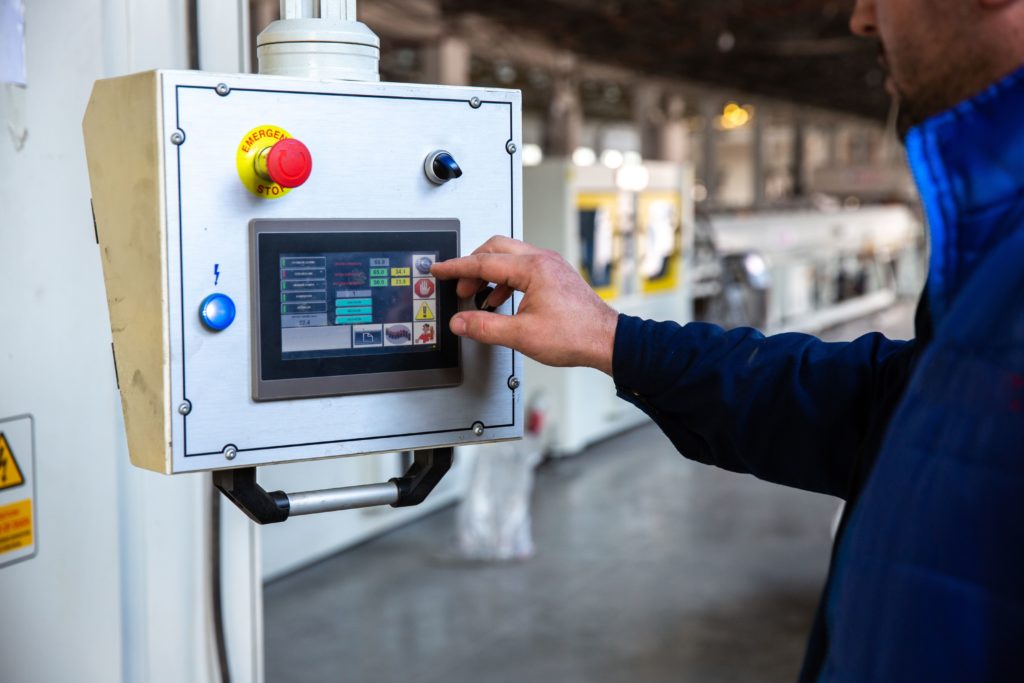How does a PLC work?
The PLC receives information from connected sensors or input devices, processes the data, and triggers outputs based on pre-programmed parameters.
Depending on the inputs and outputs, a PLC can monitor and record run-time data such as machine productivity or operating temperature, automatically start and stop processes, generate alarms if a machine malfunctions, and more. Programmable Logic Controllers are a flexible and robust control solution, adaptable to almost any application
There are a few key features that set PLCs apart from industrial PCs, microcontrollers, and other industrial control solutions:
- Input/Output – The PLC’s CPU stores and processes program data, but input and output modules connect the PLC to the rest of the machine; these I/O modules are what provide information to the CPU and trigger specific results. I/O can be either analog or digital; input devices might include sensors, switches, and meters, while outputs might include relays, lights, valves, and drives. Users can mix and match a PLC’s I/O in order to get the right configuration for their application.
- Communications – In addition to input and output devices, a PLC might also need to connect with other kinds of systems; for example, users might want to export application data recorded by the PLC to a supervisory control and data acquisition (SCADA) system, which monitors multiple connected devices. PLCs offer a range of ports and communication protocols to ensure that the PLC can communicate with these other systems.
- HMI – In order to interact with the PLC in real-time, users need an HMI or Human Machine Interface. These operator interfaces can be simple displays, with a text-readout and keypad, or large touchscreen panels more similar to consumer electronics, but either way, they enable users to review and input information to the PLC in real-time.
There are four basic steps in the operation of all PLCs; Input Scan, Program Scan, Output Scan, and Housekeeping. These steps continually take place in a repeating loop.
Four Steps In The PLC Operations
1.) Input Scan
Detects the state of all input devices that are connected to the PLC
2.) Program Scan
Executes the user-created program logic
3.) Output Scan
Energizes or de-energizes all output devices that are connected to the PLC.
4.) Housekeeping
This step includes communications with programming terminals,
internal diagnostics, etc...
Whether you need compact controller solutions
with integrated functions, powerful controllers
for the highest demands, or controllers for distributed architectures or PC-based automation:
Our SIMATIC controller portfolio has the right PLC
for your requirements. In addition to scalability, every controller provides
consistent system functions like efficient engineering, high performance, innovative design,
versatile diagnostics, Safety Integrated, Technology Integrated, and Security Integrated. This allows flexibility while designing and adapting automation solutions without the need for
building know-how over and over again.
Each machine and plant have individual requirements regarding system performance and
application complexity. You can find the right
controller for your application in our SIMATIC
controller portfolio. Below you’ll find many
practical applications and details about implementation.











0 Comments